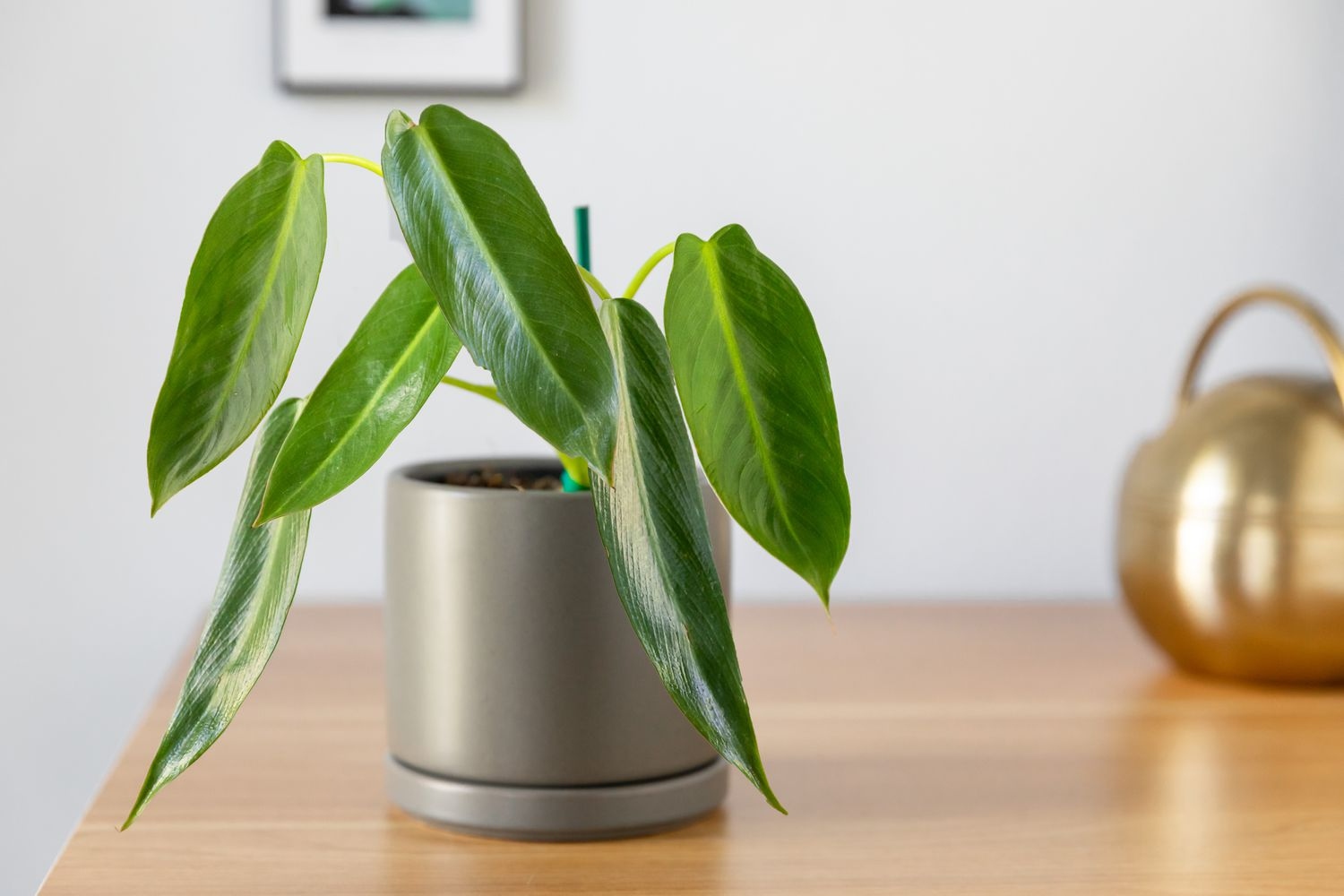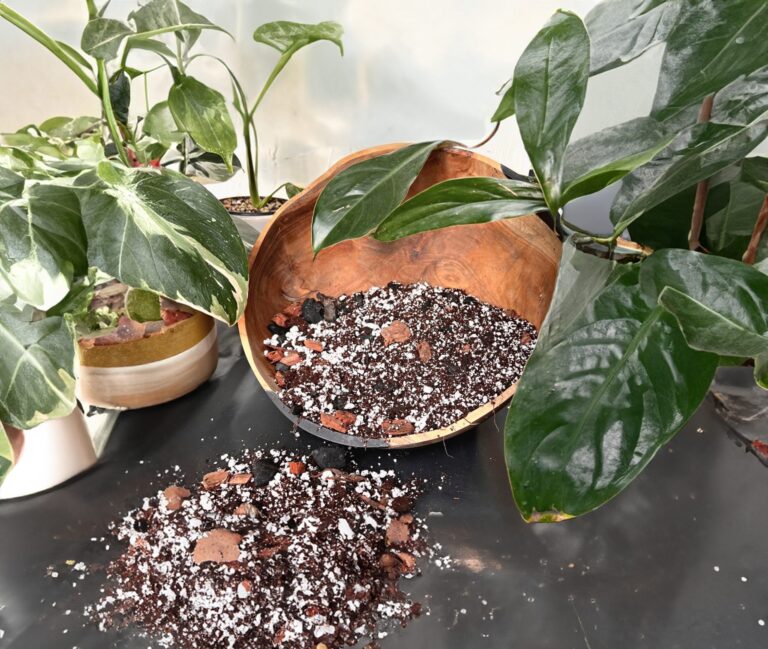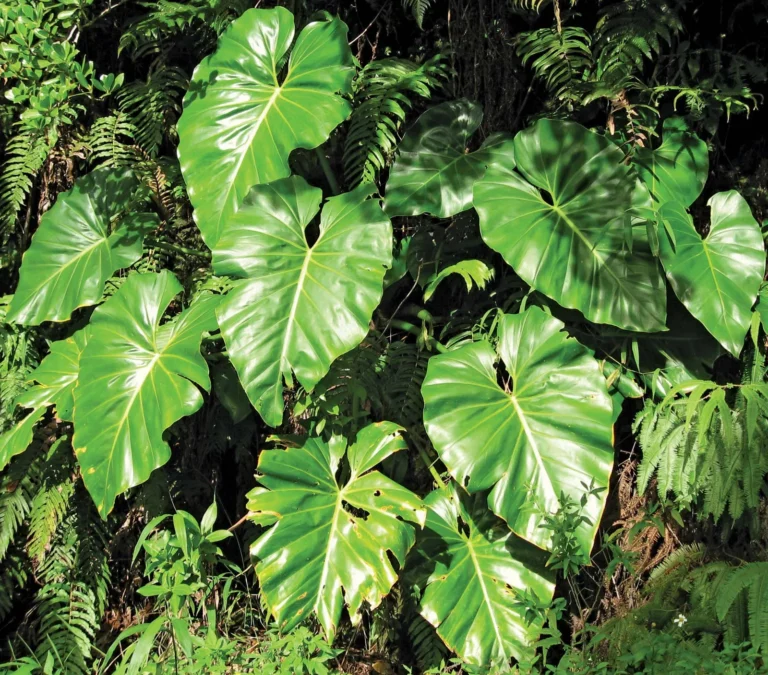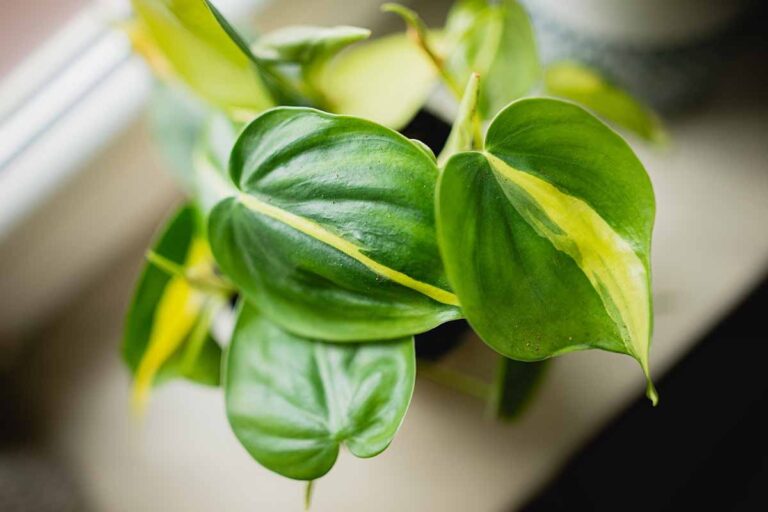Philodendron Price Guide 2025: From $5 to $50,000+ Varieties
What if you could navigate the chaotic philodendron market like a seasoned collector, knowing exactly when to buy, sell, and negotiate for maximum value? From $5 heartleaf cuttings to museum-quality Spiritus Sancti commanding $50,000+, this guide reveals the pricing secrets that separate savvy collectors from overpaying beginners.
The philodendron market has matured into an intricate system with prices that range from everyday houseplant-level to investment-quality specimens that cost more than luxury vehicles. Familiarity with this pricing landscape takes more than just a casual browsing experience; you will need insider knowledge of rarity tiers, market dynamics and timing strategies that can either save or compensate you at thousands of dollars.
The Philodendron Pricing Hierarchy: 5 Tiers Explained
Tier 1: Budget Beauties ($5-$50)
The entry-level market serves market segments with varieties readily available to us all, that are a staple of the market, mass production with tissue culture with effective propagation. These plants offer the perfect place to start for beginners and a reliable base of basics available for experienced collectors to trade and propagate.
And heartleaf philodendrons lead this market, with general green varieties usually ranging from $5-$15, depending size and vendor. The ‘Brasil’ cultivar sells for $8-$25 and the standard ‘Micans’ for approximately $10-$35. These prices are a result of the ease of effective propagation systems and the solidity of supply chains matured in the last 10 years.
Tier 2: Mid-Range Marvels ($50-$200)
This phase is a sweet spot for the serious fan of this world and includes versions that are both accessible and have collectible appeal. Pink Princess philodendrons are members of this list with prices at $13.99 for small tissue culture specimens and $2,000 for mature, highly variegated plants. The wildly varied prices speak to the uncertainty of variegation genetics and the power of social media demand.
We were able to see that tissue culture can influence pricing through White Knight philodendrons, which have standard specimens pricing between $9.99-$69 while variegated versions cost over $1,200+. Tortum varieties range from $16-$75.99, according to size and the establishment. These are the prices that we find in the relatively high demand and relatively low volume market place as both techniques of propagation become better.
Tier 3: Premium Collectibles ($200-$1,000)
Potential serious collectors take the plunge into this tier that looks for a limited number of varieties, rare characteristics, but also a proven investment potential. Variegated Florida Beauty specimens for standard sizes are priced from $19.99-$99.99; mature specimens with advanced variegation can exceed $300.
Typical Ring Of Fire philodendrons are $16.99-$84 specimens and are bred slowly, as a result, pricing remains in business. Caramel Marble varieties range from $24.99-$600+, and the top tier consists of specimens that display exceptionally high variability in color as well their robust root systems.
Tier 4: Ultra-Premium Investments ($1,000-$10,000+)
This step serves to separate the casual collectors from the serious investors with varieties with very limited supply and high demand stability. Variegated Billietiae specimens are reported to be on sale at a price range $4,000-$10,000+ for adults of mature plants with reliable variegation.
A number of considerations contribute to the pricing: variable pattern of variegation, slow maturity and technical expertise needed in successful cultivation. Such specimens are often the result of years of care and selection for propagation; they never promise any desired characteristics to remain in the gene through generations.
Tier 5: Investment-Grade Museum Quality ($10,000-$50,000+)
Museum-quality specimens fall within this rarefied tier where specimens from Philodendron Spiritus Sancti top the range between $10,000-$25,000+ for mature specimens. These plants provide a rarefied model, reaching near extinction in native habitats as they are kept a cult among top collectors.
The prices are a mark of real scarcity — fewer than a handful of wild specimens are left in their native Brazilian habitat. Even tiny cuttings command thousands, and once-mature specimens sometimes sell via private networks for well over $50,000.
The Forces That Fuel Philodendron Pricing: Market Dynamics
Supply Chain Factors
Tissue culture transformed the philodendron market by the ability to turn ultra rare seeds from rare species into more broadly available products in a matter of 18-24 months. This technology facilitates the production of genetically identical plants on a large scale, which increases supply of such genetically identical plants and depresses prices for rare varieties.
But tissue culture cannot solve every scarcity problem. The unevenness of diversity, low growth, and the unpredictability of the genetic material in some cases result in a premium pricing to some types with no propagation improvement. The case of the Pink Princess is a case in point—high volumes decreased baseline prices, while outstanding specimens maintained the upper tier status.
Social Media Influence
Instagram and TikTok have been powerful price engines, with viral posts creating overnight spikes in demand. This trend is best seen in the Pink Princess phenomenon, where exposure on social media turned a very unknown cultivar into required prestige and commanded $100-$2,000 per single specimen.
Plant bloggers and collectors share rare specimens with millions of followers, generating a situation of artificial scarcity based on perceived salience. It’s a phenomenon that has set up new pricing categories that are predominantly grounded in visibility in the social media marketing world, rather than their rarity of botanical material.
Seasonal Market Fluctuations
Seasonal patterns are consistent in the market of philodendron. Spring prices generally increase as outdoor gardening interest returns and garden interest increases with indoor plant buyers looking for new additions. This summer is more often than not the period before your most suitable conditions improve chances for propagation from being found out enough for you to purchase.
Fall is the perfect buying season for serious collectors — nurseries sell their inventory in advance of winter dormancy and propagation activity slows. And in winter pricing is frequently driven by diminished supply and elevated demand from indoor gardeners.
Where to Buy: Platform Analysis and Strategy
Specialized Nurseries
The best of the best specimens from good specialist nurseries have well-established root systems and provenance. Prices generally surpass those at mainstream retailers, but with tips for growing the best specimens, health assurances and rare varieties that aren’t available elsewhere.
These places tend to have waiting lists for popular varieties, so you need to make a deposit or order in advance. Premium prices are attributed to expertise, infrastructure and the risk management required for rare genetic stock maintaining.
Online Marketplaces
Etsy, eBay and specialty plant marketplaces offer a wide selection and competitive prices. Buyer protection levels differ immensely, and plant health assessment is entirely based on photos and seller descriptions.
When making successful online purchases, one must evaluate the seller through the review, response to correspondence, and the shipping method used. For the same specimen, prices vary by over 300% — why comparison shopping is critical.
Private Collectors and Networks
A typical specimen is brought to the attention of advanced collectors via a private network and a bespoke forum. Such transactions often consist of trade, sale, cultivation agreements, rather than retail purchases.
Pricing, however, in private networks typically reflects established relationships and reciprocal benefits rather than market rates. Those connections often let you buy specimens that are not available through commercial methods.
Insider Techniques for Price Negotiation
Market Research Preparation
Negotiation is successful when you conduct thorough market research over multiple channels. Note recent sales of similar specimens’ size, variegation quality, and establishment level. Establish a price database (seasonal or supply) that identifies trends and peaks or valleys.
The knowledge of seller motivation gives negotiation leverage. Nurseries liquidating stocks, private collectors who downsize, or sellers who focus on propagation generally accept below-market offers for immediate transactions.
Timing and Approach Strategy
Begin negotiations during off-peak times when sellers are experiencing less demand. It tends to be the late fall and winter months where opportunities are the most suitable as propagation activities are slow and inventory pressure increases.
Offer as a mutually beneficial solution rather than a price challenge. Offer bulk orders, repeat business commitments, or cultivation partnerships to ensure a below-market price and maintain seller relationships.
Quality Assessment and Pricing in Practice
Gain knowledge for quality control of specimens beyond appearance. Measure growth potential, variegation stability, pest resistance, and root development. Document all of this to leverage pricing differentials in negotiations.
Develop relationships with many sellers to build competition. Sellers familiar with alternative options often offer advantageous pricing to boost customer loyalty and market share.
How to Validate Your Collection Portfolio: Valuation Methods
Market Comparison Approach
Compared to recent sales with similar quality of the specimen you have, this is the most accurate method for valuing your specimens. When comparing the value of those specimens, chart photographs, sale dates, and transaction details as credible records of valuation.
Monitor the price of particular species for between 6 and 12 months to see if there is any increase or decrease in value. This data permits decisions to be made about whether to hold, sell, or expand specific holdings.
Replacement Cost Analysis
Find out the price of replacing at the prevailing market rates based on specimen maturity and level of establishment. This method offers a baseline for valuation, insurance, and portfolio assessment.
Consider the time it takes to cultivate comparable specimens from propagation materials. Older and more established plants have a three- to five-fold premium over propagated, same-scale materials, owing to cultivation time and risk elimination.
Rarity and Demand Assessment
Assess your collection for rarity and market demand. Specimens nearing tissue culture availability tend to depreciate; truly rare cultivars maintain or appreciate in value.
Track online consumer behavior and collector forums to recognize nascent demand trends. Recognizing trends can allow for tactical portfolio management before price adjustments become widespread.
Risk vs. Reward Analysis
Appreciation Potential
Historical data suggest high appreciation potential for truly rare specimens. In five years there was a steep increase from Spiritus Sancti being priced at $5,000 to $25,000+—400% gain for early investors.
But the availability of tissue culture is paramount to investor interest. Pink Princess prices fell 60-80% once tissue culture became widespread, illustrating the importance of timing and variety selection.
Risk Factors
Market volatility is the main investment risk as social media trends can lead to sudden price changes. Financial risks are compounded by plant health hazards, shipping complications, and cultivation failures.
International plant trade regulatory changes could greatly affect the availability and pricing of rare varieties. Climate change and habitat loss will reduce the availability of natural sources while increasing conservation restrictions.
Diversification Strategy
Optimizing philodendron investments entails diversification, spanning levels of rarity, rates of growth, and market segments. Do not put investments exclusively in a single variety or recent social media trends.
Mix high-risk, high-reward specimens with stable, established varieties that maintain consistent demand. This approach provides downside protection while maintaining appreciation potential.
What Philodendron’s Pricing Will Look Like: Projections for 2025-2030
Technology Impact
Advances in tissue culture will democratize previously rare varieties, thereby pushing prices lower for accessible specimens. Yet, truly rare species with propagation challenges will continue to command premium prices given ongoing supply limitations.
Genetic engineering can introduce completely new varieties with unique traits, which can impact market segments and pricing categories. Such innovations may disrupt traditional rarity-based pricing models.
Market Maturation
Collectors know more and supply chains are smoother, which suggests philodendron is a maturing market. That evolution usually reduces extreme price volatility but still maintains premium prices for exceptional specimens.
International trade regulations and conservation efforts may limit access to wild-collected specimens, potentially driving up prices of established cultivated stock with documented provenance.
Conservation and Sustainability
Increased environmental consciousness will affect collectors’ preference for sustainably propagated specimens. This trend supports premium pricing for nursery-propagated plants and may reduce demand for wild-collected varieties.
If climate change impacts natural habitats leading to the loss of some wild varieties altogether, established cultivated specimens may become irreplaceable and appreciate significantly in value.
Key Sources:
The Most Expensive Houseplants of 2025: Greenery That’s Worth the Investment
Philodendron Pricing Trends and Market Analysis
The Rare Philodendron Collector’s Guide: Top Varieties, Care Tips & Where to Find Them
Why Are Pink Princess Philodendrons So Expensive?
Variegated Philodendron Spiritus Sancti: The $25,000 Plant
Plant Price Prediction – How the Plant Market Works
Rare Plant Prices Plummet: What’s Happening + Future Predictions
The Economics of Greenery: Factors Affecting Houseplant Pricing







